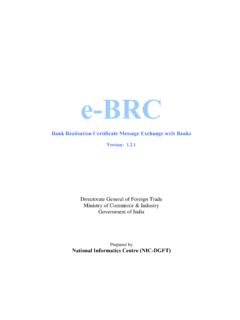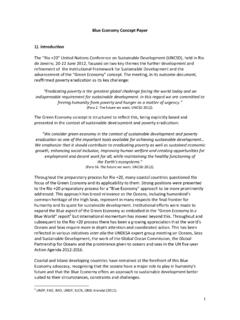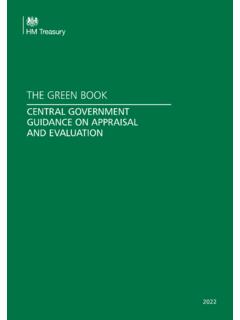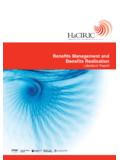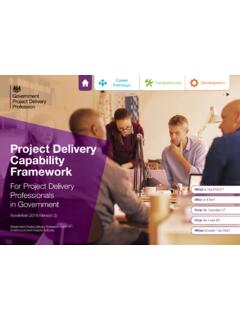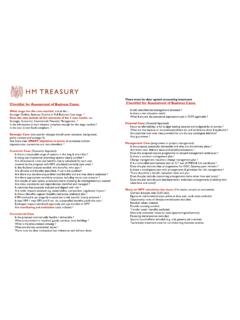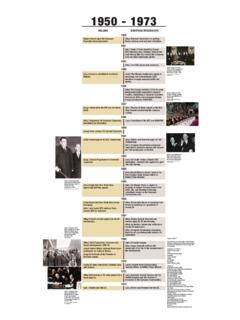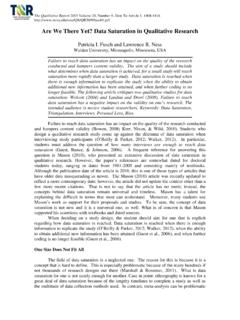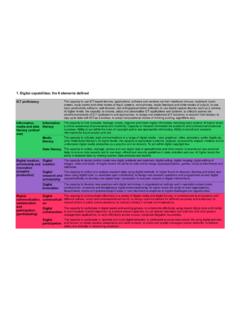Transcription of Achieving Better Access to 24/7 Urgent and Emergency ...
1 1 Achieving Better Access to 24/7 Urgent and Emergency Mental Health Care Part 2: Implementing the Evidence-based Treatment Pathway for Urgent and Emergency Liaison Mental Health Services for Adults and Older Adults GuidanceOFFICIAL2 Achieving Better Access to 24/7 Urgent and Emergency Mental Health Care Part 2: Implementing the Evidence-based Treatment Pathway for Urgent and Emergency Liaison Mental Health Services for Adults and Older Adults GuidanceVersion number: 1 First published: November 2016 Prepared by: NHS England, the National Collaborating Centre for Mental Health and the National Institute for Health and Care Excellence Classification: OFFICIALNHS England Publications Gateway Reference 05958 OFFICIAL3 The Independent Mental Health Taskforce Five Year Forward View (February 2016) made it clear that improving Access to high-quality mental health care must now become a national priority.
2 The Achieving Better Access to Mental Health Services programme has been developed by NHS England, the National Institute for Health and Care Excellence and the National Collaborating Centre for Mental Health to introduce standards for mental health care and ensure that these can be properly measured across the country. The aim? To begin a major national implementation programme to make sure people with mental health problems get prompt Access to evidence-based NICE-recommended care, on a par with the care provided for physical health problems. Nowhere within mental health care is the issue of parity more important than in the provision of Urgent and Emergency care for people experiencing a mental health funding for mental health crisis care and its full integration within NHS Urgent and Emergency care was one of the commitments made in the Five Year Forward View for Mental Health.
3 With the publication of Implementing the Five Year Forward View for Mental Health (July 2016), and this implementation guidance for Achieving Better Access to 24/7 Urgent and Emergency Mental Health Care, commissioners and service providers now have some powerful tools at their disposal to improve crisis care for people of all ages across the mental health services already play a valuable role in supporting people in a crisis, as well as adults and older adults who have both mental and physical health problems in a general hospital setting. They can help people to avoid lengthy stays in hospital and can speed up discharge. We now want to make sure people who experience a mental health crisis have received a response from an Urgent and Emergency mental health service within an hour, and that within four hours they have received the appropriate support to meet their needs and an evidence-based package of care is in place.
4 ForewordImproving liaison mental health provision has been a long-standing goal for the NHS and is a must do in the most recent two-year planning guidance for 2017-19. In April 2016, as part of the CCG Improvement and Assessment Framework 2016/17, CCGs were also asked to ensure that agreed and funded plans are in place to aim for a core 24 (24 hours, 7 days a week) service by 2020/21. The pathway set out in this guide will help NHS commissioners and providers to ensure that liaison mental health services can meet these standards and deliver on their improvement plans. If these goals are achieved, adults and older adults presenting in crisis in Emergency departments and on physical health general wards will have Access to high-quality NICE-recommended care, any time of the day or night, every day of the week.
5 This implementation guide is one of a series for Urgent and Emergency mental health care that also covers blue light services (for all ages), community-based crisis response services (for adults and older adults) and children and young people s crisis services. Together they will form a crucial part of the overall implementation plan for transforming Urgent and Emergency mental health care in England. Never before has timely Access to high quality mental health care been accepted as so necessary by the whole health and social care community. Now we, as commissioners, providers, health and social care workers and partners across the whole Urgent and Emergency care pathway, must rise to this challenge and meet these Tim Kendall National Clinical Director for Mental HealthOFFICIAL4 These statements were developed by the Expert Reference Group based on what they considered to be the key messages for this implementation guide.
6 They have been worded from the perspective of a person experiencing a mental health crisis to highlight the need to develop Urgent and Emergency mental health services with the person at the centre. When I visit hospital experiencing a mental health crisis and I require help and support, this is treated with as much urgency and respect as a physical health Emergency and I am able to get a response no matter what time of the day it is, or which day of the week. When I experience a mental health crisis in an Emergency department or on a general hospital ward, I receive a timely and compassionate response from trained and competent professionals in liaison mental health. If I am an older adult I will receive specialist support from a team skilled in working with older people. I am treated with kindness, compassion and dignity and in accordance with my legal rights.
7 My physical and mental health needs should not be seen as separate from each other and I receive effective care for both in a general hospital setting. Within one hour of a liaison mental health service being contacted, I have received a response and know that help is on its way. Within four hours of arriving in an Emergency department or being referred from a ward, I receive a response and support that meets my needs. Depending on my situation: I have had a full assessment of my physical, psychological and social needs, and an Urgent and Emergency care plan is in place, and I am on my way to another service or location, if needed, or I have been accepted for follow-up care by another service OR I have started assessment under the Mental Health Act. If I feel Better within four hours, I can go home.
8 When I am on a general hospital ward and require an Urgent response from a liaison mental health service, I receive a full assessment within 24 hours. If I am an older adult I will receive specialist support from a team skilled in working with older people. Liaison mental health services have Access to appropriate staff either on the team or through contractual arrangements to ensure that there are no delays to the start of a Mental Health Act assessment, should I require one. If the difficulties I am facing during a mental health crisis cannot be resolved where I am, I am provided with appropriate support to Access and travel to an appropriate and safe place where help is available. If I need longer-term support to manage my mental health problems, this is arranged. Key statementsEBTP STANDARDAny person experiencing a mental health crisis should receive a response from the liaison mental health service within a maximum of 1 hour of the service receiving a STANDARDW ithin 4 hours of arriving at an Emergency department or being referred from a ward, any person experiencing a mental health crisis should have received the appropriate response or outcome to meet their needs and have an evidence-based care package (informed by NICE) in 1 Introduction Background Purpose and scope of this document How was this document developed?
9 The evidence-based treatment pathway Emergency pathway Urgent pathway Expectations of commissioners 2 What is a mental health crisis and why is rapid Access to a liaison mental health service so important? What is a mental health crisis? Attending the ED when in a mental health crisis How liaison mental health services can help people in a mental health crisis Identify, assess and respond to mental health crises Treat the symptoms of the mental health crisis Provide Access to ongoing support Provide service-level support 3 What are liaison mental health services? Current provision of liaison mental health services 24-hour services Distinct specialty On-site service benefits of liaison mental health services benefits for people experiencing a mental health crisis benefits to service providers Economic benefits of liaison mental health services Liaison mental health service models Core 24 Enhanced 24 Comprehensive Core The workforce Workforce for core 24.
10 Enhanced 24 and comprehensive service models Other staffing Integrated governanceContents7779991010121212131313 1313141414151516161616171717181818182020 OFFICIAL6 4 The evidence-based treatment pathway Evidence-based treatment Emergency care pathway EBTP CLOCK STARTS Identification Step 1 Response Step 2 Assess EBTP CLOCK STOPS Agreed treatment plan in place Urgent care pathway Pathway principles Providing age-appropriate treatment Using referrals and alerts Mental capacity Safeguarding Transport Managing intoxication due to drug or alcohol intake Managing people who leave (or are likely to leave) before an assessment Supporting a person when they no longer need Urgent and Emergency care Collecting data Measuring and reporting performance against the pathway and standards Submission of data items Outcomes measurement Quality assessment and improvement programme 5 Key commissioning considerations and service development Step 1: Understand local demand Commissioning for a hospital population Step 2: Develop an outline service model Consider the appropriate service model Identify and understand current referral pathways Consider establishing drug and alcohol use services Step 3: Obtain baseline current service provision and identify gaps Step 4: Agree staffing, recruitment and training plans Step 5.










